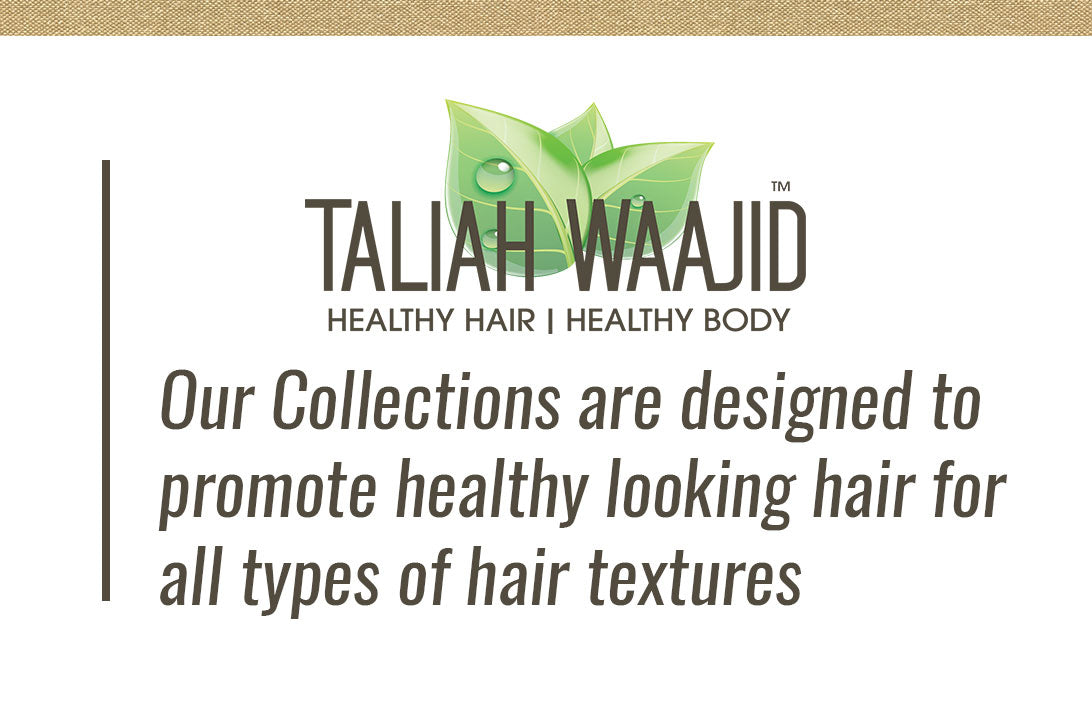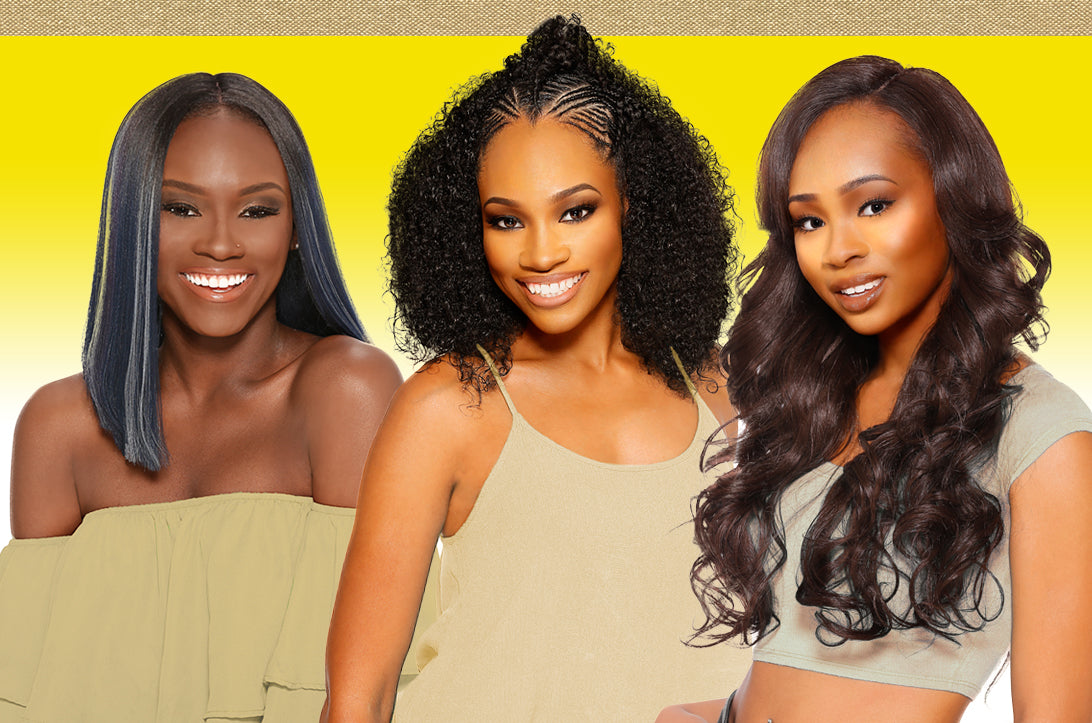Conditioner has likely been in your shower for as long as you remember. It’s the pair to “shampoo” – nearly always used as the second step in a hair washing routine. While shampoo cleanses the hair, conditioner makes it easier to manage by protecting the hair shaft.
Yet not everyone knows how to use conditioner correctly. In fact, some common mistakes leave your hair looking and feeling a bit lackluster. To ensure you’re maximizing your hair conditioner, we’ll walk you through everything from what conditioner does to how you should use it, here’s what you should know. Let’s get started.
What Does Conditioner Do?
Conditioner is the moisturizing agent made up of ingredients such as silicones and oils. Its role is to bring back moisture to your hair after you’ve cleansed it with shampoo.
While traditional conditioner – the type you use in the shower – is a typical part of a hair routine, there are also other kinds of conditioner that you may use. These include a leave-in conditioner and a deep-conditioner. Learning how to properly condition your curls will leave you with smooth, luscious, and shining locks.
Looking for a great conditioner? Try this! It’s one of our favorites.

How to Use Hair Conditioner
- Look at the label instructions. Ultimately each brand of conditioner will include instructions that help you optimize the results. Don’t skip this step!
- Avoid applying conditioner to sopping wet hair. While your hair will be wet because you’re in the shower, the product can’t absorb into the hair cuticle if it’s too wet. When hair is too wet, the product will slide off and fail to penetrate or coat the fibers. You can avoid this by wringing out your hair before applying conditioner.
- Use the correct amount. You may have heard the “right” amount of conditioner compared to the size of a coin. The truth is that the right amount of conditioner should depend on your hair type and length. In the section below, “How Much Conditioner Should I Use?” we’ve covered everything you need to know.
- Only apply conditioner to the ends of your hair. Do you have trouble with a greasy, oily scalp? Make sure you’re only conditioning the oldest and most damaged sections of your hair (i.e. your ends!). Your scalp and roots don’t need to be conditioned as the glands on your scalp product sebum (a natural hair oil).
- Distribute the conditioner evenly. Take a wide-toothed comb in the shower with you and comb through your hair while you’re conditioning. This not only allows the conditioner to distribute, but it also allows you to gently eliminate tough tangles and snarls.
- Allow the conditioner to absorb. Most conditioner directions instruct you to “Wait for 5 to 7 minutes and then rinse.” This is because the product is more effective when it has the opportunity to absorb into your hair cuticles.
- Rinse thoroughly. After you’ve allowed the conditioner to soak in, rinse thoroughly. Your hair should feel completely clean and be free of the slippery texture.
What is Leave-In Conditioner?
A leave-in conditioner, as its name implies, is one that you intentionally leave in your hair. Because it is not intended to be rinsed out, it is made with slightly different ingredients, so your hair is not greasy or heavy.
It’s important to note that a leave-in conditioner is often designed to replace the conditioner that you’d use in the shower. Most people don’t need to use both (although, you can if it works for you!).
So, you may be wondering why you’d choose a leave-in over a regular conditioner. Manufacturers of leave-in conditioners say that it promotes healthy hair because it keeps the product on your hair longer. It can also provide heat protection before any hot styling tools. For natural hair, a leave-in conditioner is an absolutely key part of a healthy hair routine. It helps moisturize, strengthen, and detangle your curls without making them limp.
Looking for a great leave-in? Try these! They’re some of our favorites.

What is Deep Conditioner?
A deep conditioner is a protectant that helps improve your hair’s moisture content by drawing moisture to your hair shaft and reducing damage and breakage. For natural hair, moisture is key. Deep conditioning will help your hair retain any moisture loss from everyday wear and tear.
However, just like anything, you can have too much of a good thing. Deep conditioner wasn’t created for daily use. While someone with natural hair may need more moisture and therefore may need to deep condition more than most, you still want to make sure you’re only doing it every two weeks or so. Be sure to follow the directions of the product and find what’s best for your hair.
You’ll find that you need the extra moisture most if you…
- Swim regularly
- Use heat tools
- Have color-treated hair
- Spend a lot of time in the sun
- Have damaged hair
How Do I Choose the Right Conditioner?
Not all conditioner is created equal. To choose the right conditioner, you should consider your hair type and styling routine. This is because different ingredients are better for some hair types than others and coloring your hair or using hot styling tools will ultimately dry out your hair.
To choose the right conditioner for your hair type:
- Choose a volumizing conditioner on fine, flat hair (TYPE 1)
- Select a light-weight moisturizing conditioner if you have wavy hair (TYPE 2)
- Look for a deep-hydrating conditioner for thick, curly hair (TYPE 3)
- Protect kinky hair with deep-hydrating and oil-based products (TYPE 4)
How Much Conditioner Should I Use?
From the time you were young, you may have just squirted some conditioner into your palm and thought you were using the “right” amount. However, while there isn’t an exact science, there is a way to figure out the ideal amount of conditioner to use. How much conditioner you used should be guided by two factors: the length of your hair and your hair type.
Here’s how the length of your hair will impact your conditioner use. As a general rule of thumb, you can try using the following:
- Short hair = a dab of conditioner the size of one blueberry
- Medium (shoulder-length hair) = a dab of conditioner the size of two blueberries
- Long hair = a dab of conditioner the size of three blueberries
Common Conditioner Mistakes
If you’ve never given your conditioner a second glance, chances are you aren’t
1. You use too much
As noted above, you’re only supposed to be using a “blueberry” amount depending on the length of your hair. Unfortunately, some people take to filling up their palm with conditioner and lathing it on (roots and all!). Adhere to the quantities recommendation so you can get make your condition work for you.
2. You put it on your roots
The mid-lengths to the ends of your hair tend to be driest, and thus they need conditioner the most. If you’ve been putting conditioner on your roots, you may be causing unnecessary scalp build-up.
3. You skip using it altogether
Some people just shampoo – especially if they’re in a hurry. However, this is a huge mistake because of what shampoo does to your hair. Shampoo works by stripping your hair of any built-up oils or impurities, and conditioner complements it by adding moisture back to your hair. If you don’t take the time to add this moisture back, you’ll leave your hair drier than ever.
4. You aren’t matching it with your hair’s needs
Choosing a shampoo and conditioner can be tricky because it’s a highly individual process. What works for someone else won’t necessarily work for you. You need to find something that fits your hair type best. After all, isn’t that what you would do for a skincare regime? You won’t use products for oily skin on your dry skin! You won’t seek out both shampoo and conditioner that collectively work together to help your hair look its best.
5. You don’t rinse properly
If you leave residue behind, it can weigh down your hair and leave it without the bounce and shine you’re after. Make sure you take the time to properly rinse in the shower and get rid of all the conditioner.
Final thoughts
Who knew there was so much to conditioner? If you’ve read this blog and wondered, “What else don’t I know about hair?” then we’ve got plenty more in store for you! Read these blogs to expand your hair knowledge and take care of your curls.
- Shampoo or Conditioner: Which Comes First?
- How to Create a Healthy Hair Regime
- How to Prevent Breakage from Braids and Other Protective Styles
WRITE FOR US
Think you've got a fresh perspective that will challenge our readers to engage and educate themselves on how to attain a healthier self, hair and skin included? We're always looking for authors who can deliver quality articles and blog posts. Thousands of men and women will read your work, and you will level up in the process.
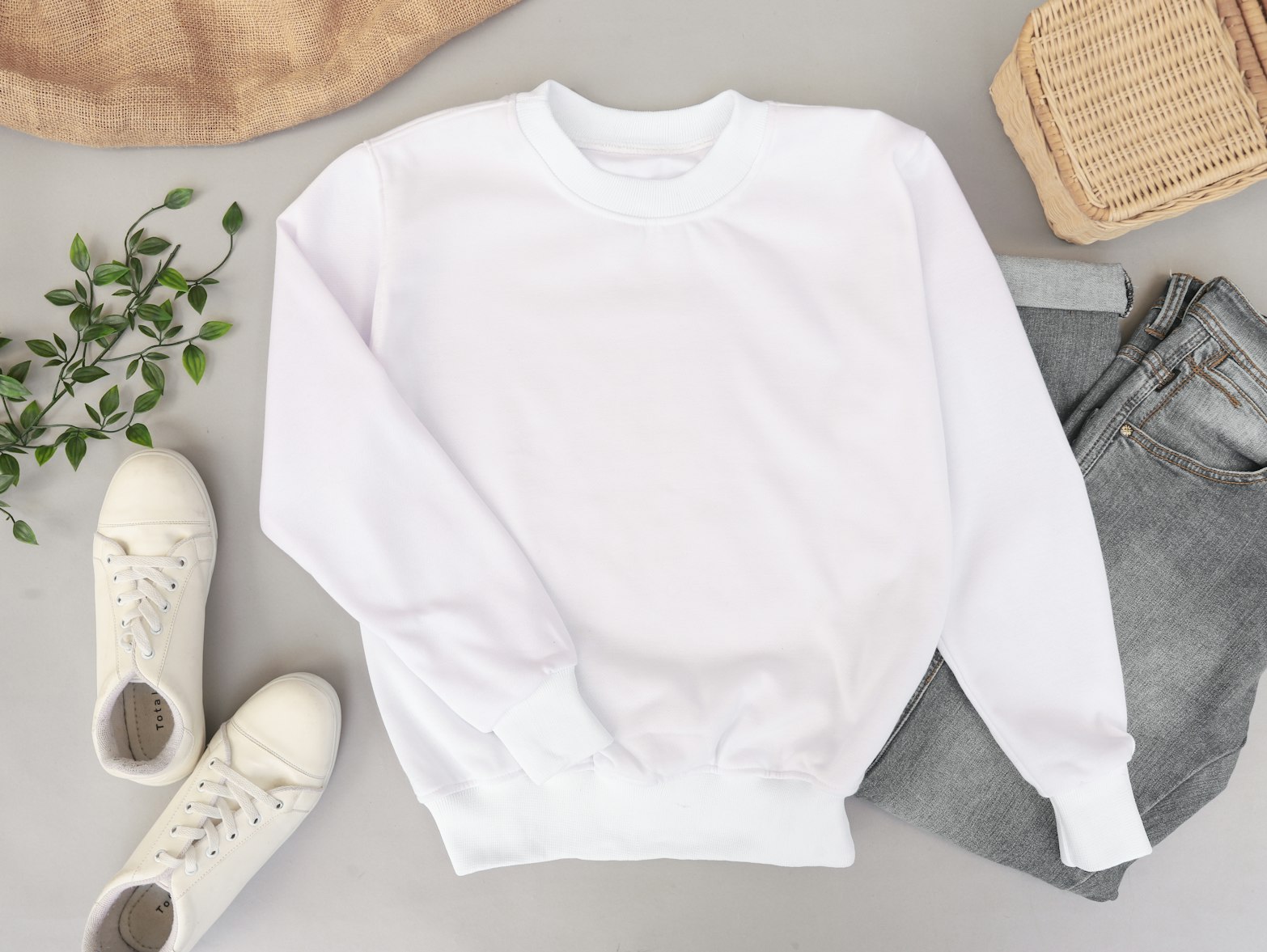
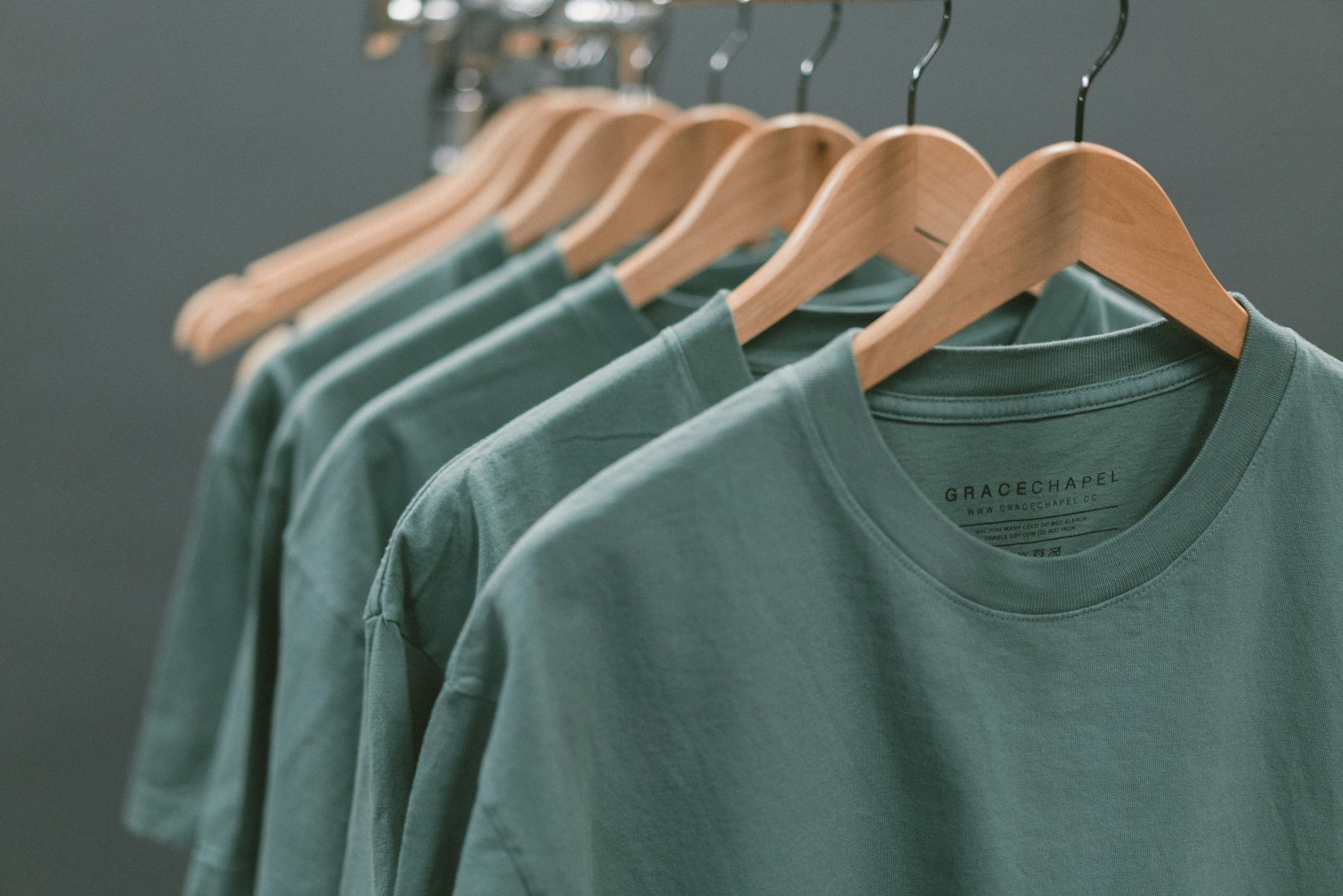
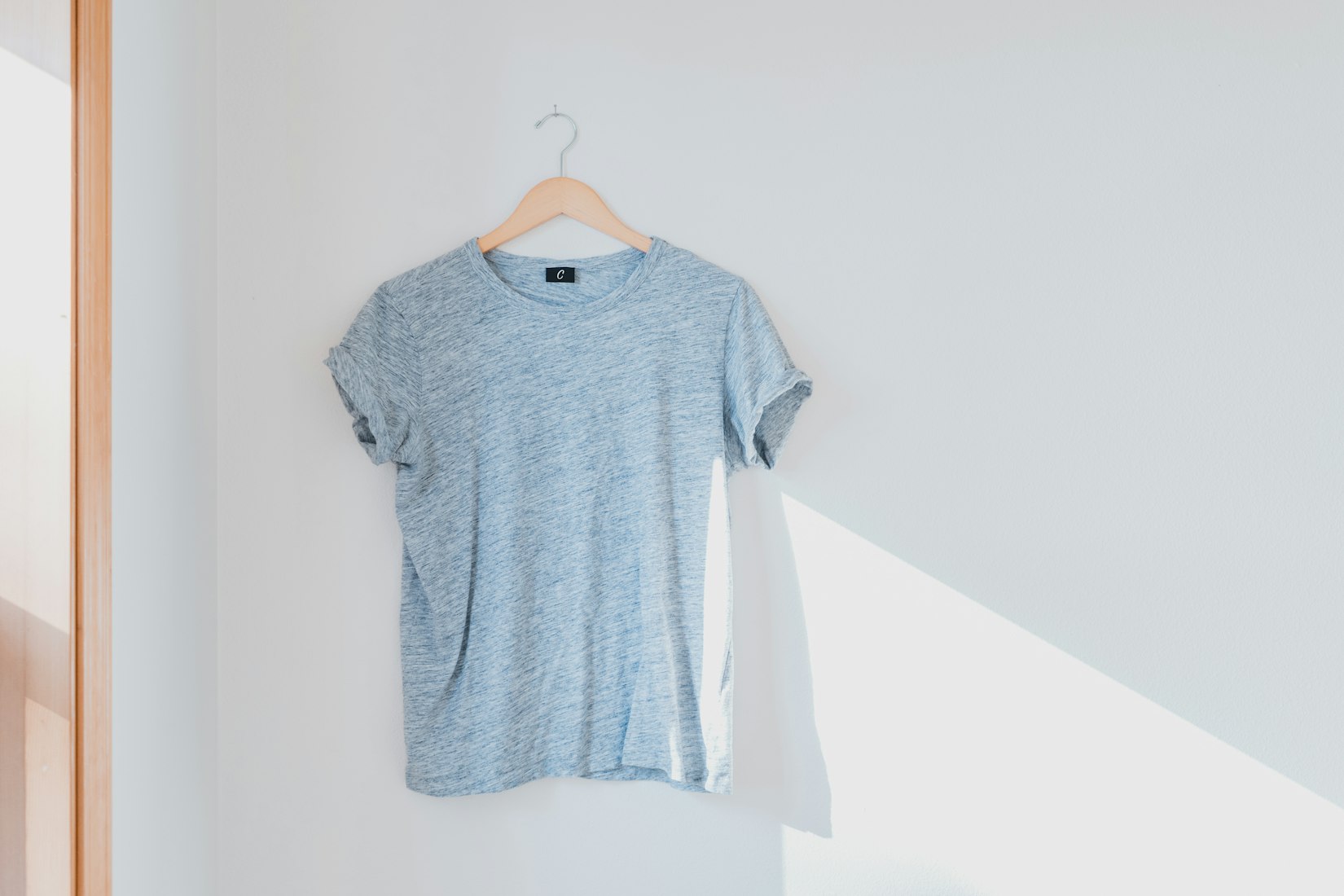
 English
English Arab
Arab
